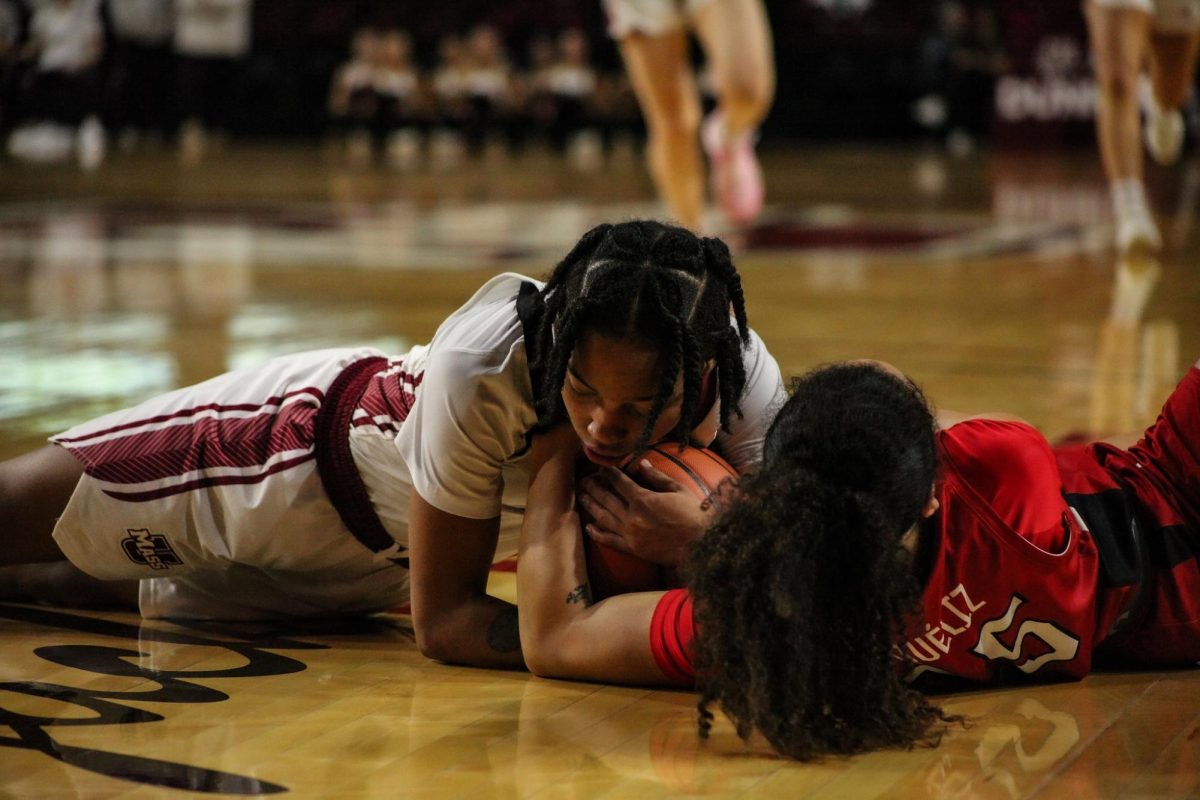Over the summer, the University of Massachusetts in collaboration with the hired firm Vanasse Hangen Brustlin, Inc. (VHB) implemented various pedestrian safety measures across campus. Now that students are back on campus this fall, the upgraded traffic safety is being put to the test.
The construction of campus roadways follows two separate car accidents involving pedestrians that occurred over the past spring semester just one month apart from each other; one resulted in a fatality while the other victim sustained critical injuries.
The recent construction included repainted pavement markings with reflective paint, added roadway edge lines, new bike lanes, improved crosswalks, reduced sign clutter and added speed humps, according to a VHB document provided by UMass spokesperson Ed Blaguszewski.
While these updates were implemented on various roads throughout campus, a particular focus was centered around the areas Massachusetts Avenue and Commonwealth Avenue.
UMass Police Department Chief Tyrone Parham also acts as head of the Pedestrian Safety Committee. According to Parham, approximately 14,000 cars a day drive through Commonwealth Avenue and approximately 11,000 cars a day drive through Massachusetts Avenue. The two roads have the highest speeds on campus.
“People typically underestimate the amount of vehicles that are on campus every day,” Parham said.
Blaguszewski explained that the “plan from the start was to do sort of this immediate work on the four lane roads.” Construction began in August, according to Parham.
The VHB document indicated that textured crosswalks with new pavement markings were put in place on both avenues and excess signage blocking pedestrian sight was removed. On the Massachusetts Avenue and North Hadley Avenue corridor, an eastbound buffered bicycle lane was painted, eliminating a through lane. Parham emphasized that the goal is to have more cyclists on campus and reduce vehicle movement.
Landscaping changes were also implemented to increase pedestrian visibility. One of the most noticeable changes are the speed humps and newly painted road markings along Commonwealth Avenue aimed to slow traffic.
Despite passing directly through campus, North Pleasant is one of the only campus streets that has yet to be updated because it falls under ownership of the town of Amherst. Blaguszewski and Parham together explained that UMass is cooperating with Amherst to implement the same safety measures along this area, but that it ultimately comes down to funding issues.
Hired in April, VHB presented UMass with recommendations for increased safety on campus and facilitated various safety audits. However, this is not the first partnership UMass had with VHB. Parham indicated that the firm had been on campus to evaluate traffic safety over the past 15 to 20 years.
In May 2022, a walking audit of the campus was conducted. The audit included members from VHB, UMPD, both undergraduate and graduate students and members of the Pedestrian Safety Committee.
Mike Knodler, director of the UMass Transportation Center and professor in civil and environmental engineering, took part in the audit.
“We basically walked the entire campus,” Knodler said. “I brought along a handful of students that work in my group, and so they were able to offer their perspectives from a student perspective, as they sort of took what we identified as problems and sort of put forward strategies and solutions.”
The UMass Transportation Center plays a critical role in working through safety dilemmas and procedures on campus.
“We’ve been able to be there as a sounding board for the campus community to engage in dialogue and talk through some of the different strategies or things that they might be thinking,” Knodler explained.
Knodler is also principal investigator of the UMass Traffic Safety Research Program (UMass SAFE) an organization within the transportation center. The program utilizes campus facilities and data to conduct crash analysis, citation analysis, traffic safety studies, road safety audits and other research related to traffic safety.
When asked about the relationship between UMPD and the UMass administration, Blaguszewski noted that “UMPD is not an isolated agency, but very much integrated into the administration.”
Parham also explained that UMPD works closely with Amherst Police Department; “It’s a small community. So we work daily with APD, as well as Hadley police both about the campus, so we work together fine.”
“I bring together all of the various stakeholders so that we can look at it from multiple lenses,” Parham said. “So, we really try to have multifaceted, different perspectives on how we can make the campus even safer.”
When asked whether a difference in driver safety could be measured, Parham noted that it was still too early to tell. Parham continued to explain how the data collection process over the past few years was heavily influenced by campus being closed during the pandemic.
“We realized we had to take into context that for almost two years, we just didn’t have people here,” Parham said.
In addition to the updates from this past summer, UMass plans to continue implementing new updates within the next year or so. One of the major improvements will include newly developed crosswalks with lighting paths that Blaguszewski described as an “illuminating system” that have sensors for increased visibility of both pedestrians and the surrounding area. Other updates will include continued construction of speed humps, road painting and potential changes to road structures and traffic patterns.
In late October, a third UMass student was involved in a pedestrian accident along Massachusetts Avenue. This recent incident speaks volumes to the necessity of continued monitoring and updates to safety measures on campus.
Jack Underhill can be reached at [email protected] and @JackUnderhill16 on Twitter. Lilyana Ricardo can be reached at [email protected] and @lilyanaricardoo on Twitter.




















